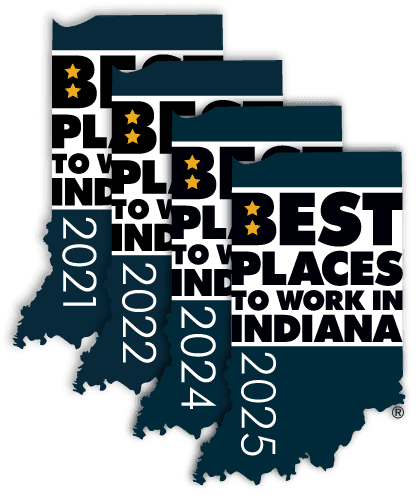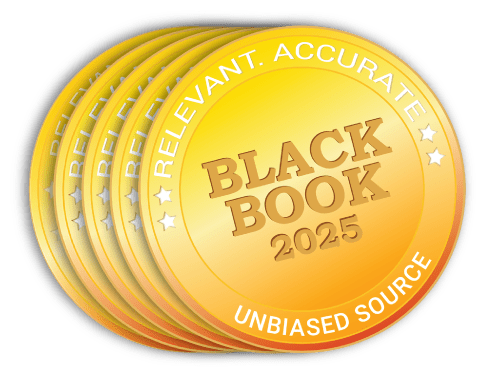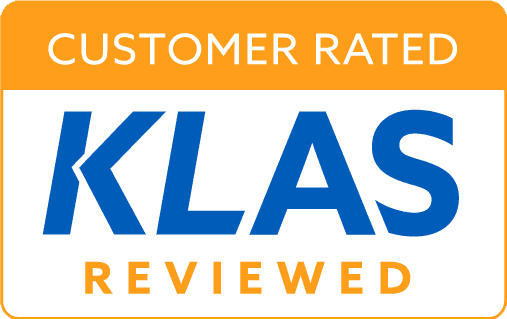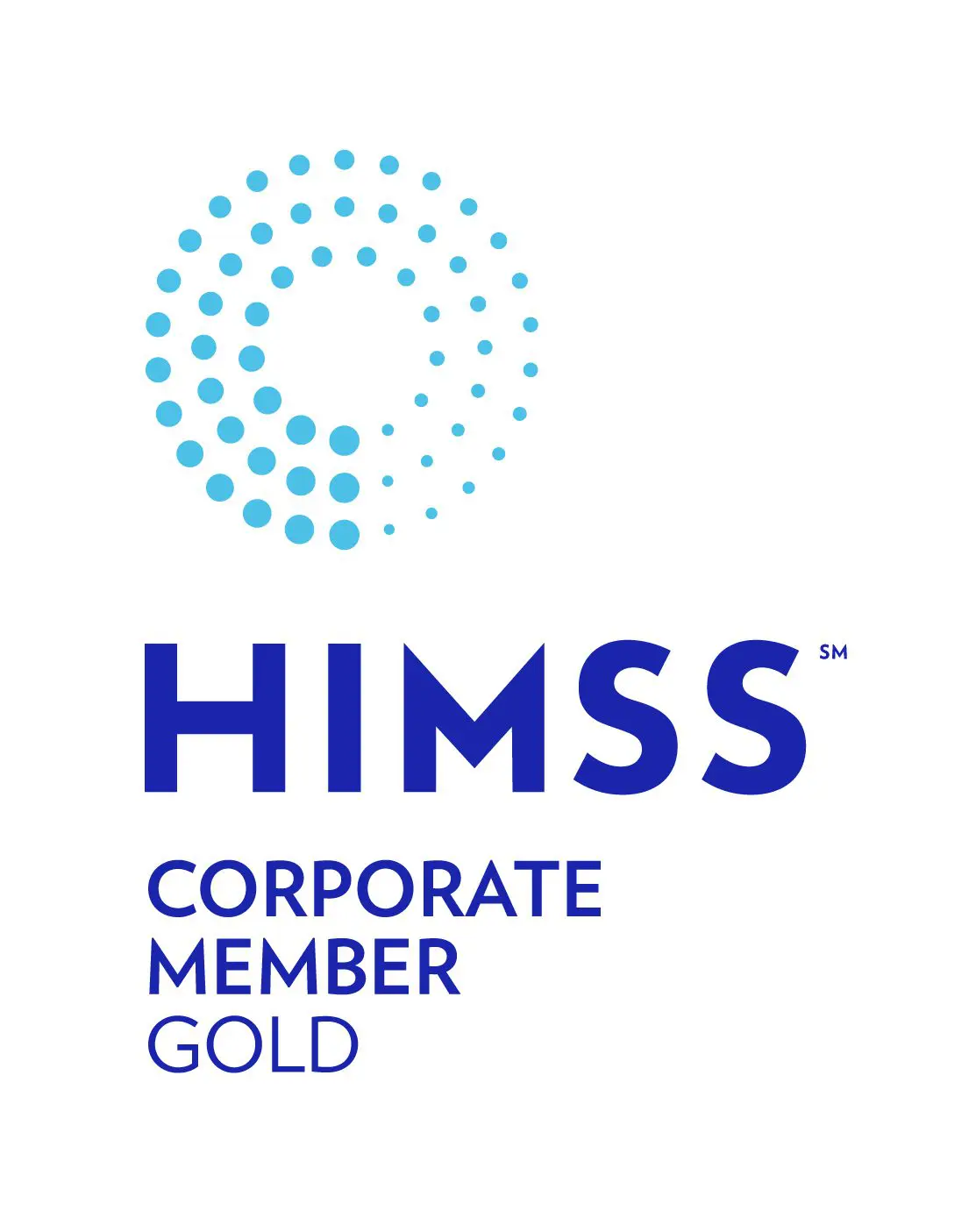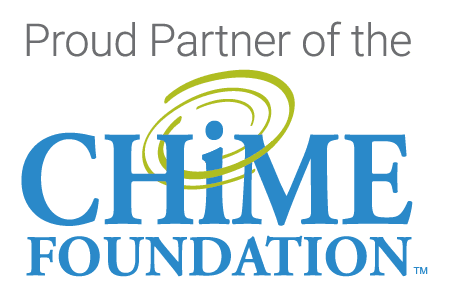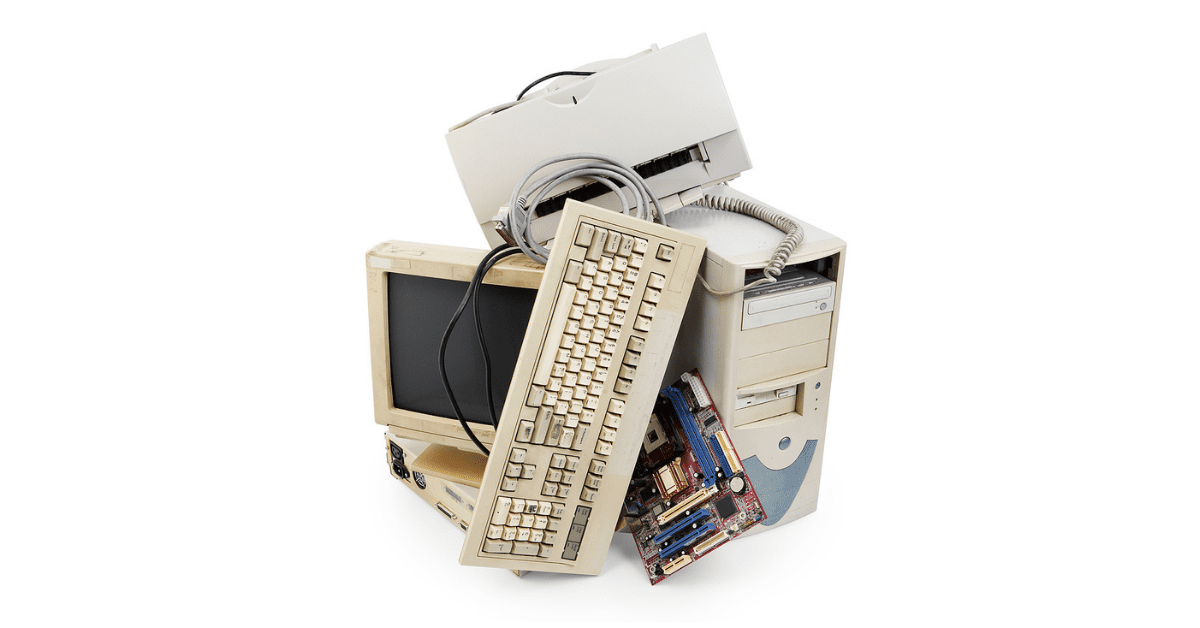
Every piece of hardware, software and data set has a lifecycle. And often, the lifecycles don’t line up.
Hardware, software and data management can be an IT Department’s trifecta balancing act, with unique circumstances to try and keep everything moving forward. As servers age and applications are retired or replaced, there are considerations that need to be made to safeguard the legacy data and keep it accessible.
Everything ages—sometimes not gracefully.
System and application retirement or replacement can impact the long-term options and security for the ePHI that likely needs to be kept for decades (or longer) to maintain compliance with record retention guidelines.
The state of legacy hardware and software (EHR systems) in healthcare is filled with aging equipment and applications.
In a HIMSS survey, 80% of respondents report their organizations are using unsupported legacy servers (sometimes multiple systems within an organization) including:
- 50% with Windows Server 2008
- 49% with Windows 7
- 35% with Windows XP
- 30% with Windows Server 2003 and 2003 R2
Keeping these outdated servers up and running brings about security concerns of all kinds. These unsupported servers are left ripe for cyberattacks as they are still running EHR applications and housing health data that needs to be maintained.
Most hospitals and many post-acute facilities have a multitude of EHRs up and running on multiple platforms.
Most hospitals have 10 EHRs in place and only two percent are down to just a pair of platforms according to data from HIMSS. The average health system has 18 different EMR vendors when looking at inpatient and outpatient settings. And, the EHR market is expected to grow at a compound annual growth rate of 6% through 2025, with chronic diseases, government funding, and patient engagement as factors in the expansion. With that growth comes an opportunity for stepping up on strategy as Black Book Research found that 6 in 10 hospitals under 150 beds doubt their current health information technologies really deliver business value, while more than 25% are assessing cloud-based replacement systems.
Some EHR vendors may sunset applications that can’t compete with the increased requirements for interoperability or as the market continues to become more sophisticated and shifts toward more fully-functional EHRs.
Other providers are replacing their EHRs because of system dissatisfaction. In a survey of 1,000 physicians, 63% reported they would not purchase their same EHR again and 67% would switch their EHR. Researchers who analyzed all available documents and reports found the two largest deciding factors for an EHR replacement are system functionality and cost.
The IT ‘Circle of Life’—Servers age. Software systems are retired or replaced. Data needs to live on.
EMR data lifecycle management makes sure data is accessible and where it needs to be.
Lifecycle data management is important. From the creation, storage, usage, archiving and destruction, there are essential questions and strategies that need to be well thought out.
Enter a legacy data management plan.
While data management isn’t new, including the complete EMR data lifecycle in long-term plans is a growing trend among healthcare governance teams. Governance teams are taking a more systematic approach to application rationalization and portfolio management to avoid unnecessary risks and to contain costs. As acquisitions continue to merge multiple EHR systems, a solid plan for overall legacy system and data management with buy-in from a cross functional governance team becomes valuable on many levels.
While legacy data may be historical, its relevance in daily patient care is undeniable.
Aside from the legal and regulatory compliance requirements to maintain patient data for at least seven years, a provider’s ability to effectively treat a patient, depends on a complete and total picture of that patient’s health record.
The challenges of legacy data management require sophisticated software tools that can protect, read, interpret, and mine data in near real time. Even more crucial is to do so through a simple, user-friendly interface.
That’s where a smart, active archive and a trusted health IT partner can support your long-term plans for legacy health data and healthcare system retirement.
Ready to talk about system replacements/retirements and your EMR data lifecycle management plan?

